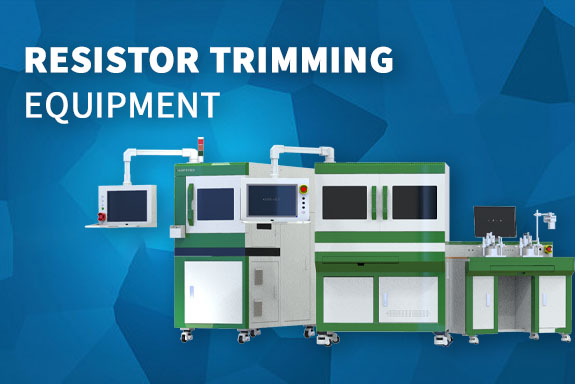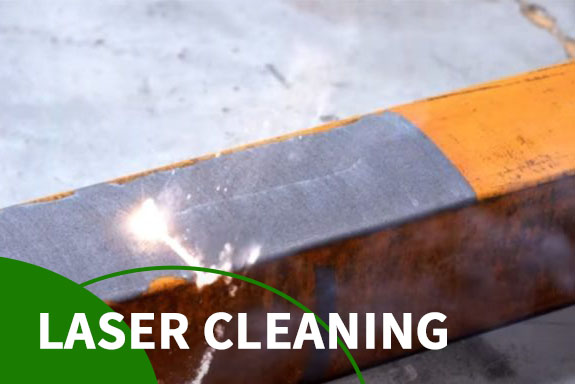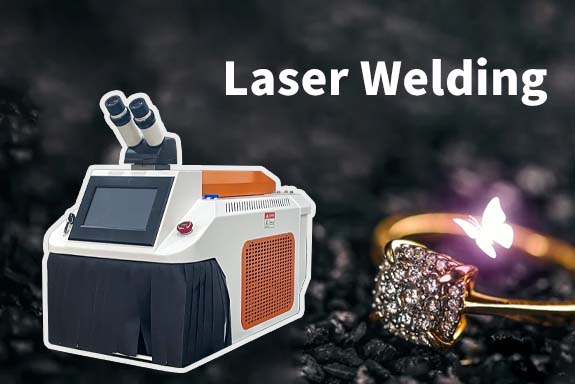In the age of miniaturized electronics and precision circuitry, laser trimming has become an essential technology for achieving fine-tuned electrical performance. A laser trimming machine, also referred to as a trim laser, is used to adjust resistance, capacitance, or other electrical parameters of electronic components with micron-level accuracy. Whether used in thick-film resistor networks, hybrid circuits, or precision analog devices, laser trimming delivers unmatched control and reliability.
What is Laser Trimming?
Laser trimming is a non-contact, computer-controlled process used to finely adjust the value of resistive or capacitive elements in electronic circuits. The process involves removing material from a component using a high-powered laser beam to change its electrical properties to meet precise specifications.
This technique is commonly applied in:
Thick-film and thin-film resistors
Analog circuits and amplifiers
Voltage dividers and precision networks
Because of its accuracy, laser trimming is widely used in aerospace, medical, automotive, and consumer electronics industries.
How Does a Laser Trimming Machine Work?
A laser trimming machine directs a focused laser beam onto a resistive film, carefully ablating material to fine-tune resistance values. The machine is equipped with a real-time measurement system that constantly monitors the circuit’s electrical parameters and stops trimming once the desired value is achieved.
Key features of modern laser trimming machines include:
High-precision galvanometer control for beam positioning
Integrated resistance measurement system
Support for on-the-fly or step-and-repeat trimming modes
Advanced software with custom trimming patterns
Whether trimming resistors in a production line or calibrating individual sensors, the laser trimming machine ensures repeatable and accurate results.
Benefits of Using a Trim Laser
Using a trim laser provides several advantages over traditional mechanical or manual adjustment methods:
High Precision: Accurate to within 0.01% of target values
Automation: Fully computer-controlled for high-volume production
Minimal Material Stress: Non-contact, localized processing
Custom Trimming Patterns: Box cut, L-cut, serpentine, and more
These benefits make trim lasers a preferred solution for manufacturing high-precision electronics where tolerances are tight and performance matters.
Applications of Laser Trimming Machines
Thick-Film Hybrid Circuits – Trimming resistor values after screen printing
Precision Analog Devices – Calibration of operational amplifiers
Sensors and Transducers – Tuning output characteristics
Medical and Aerospace – High-reliability applications requiring ultra-stable parameters
By integrating laser trimming machines into the production process, manufacturers can significantly improve the performance and reliability of their components.
Conclusion: The Future of Precision Lies in Laser Trimming
In today’s competitive electronics industry, where precision and consistency are non-negotiable, laser trimming stands out as a cutting-edge solution. Whether you’re fine-tuning thick-film resistors or calibrating sensitive analog circuits, a laser trimming machine powered by a high-accuracy trim laser is the best way to ensure every component meets its exact specification.







